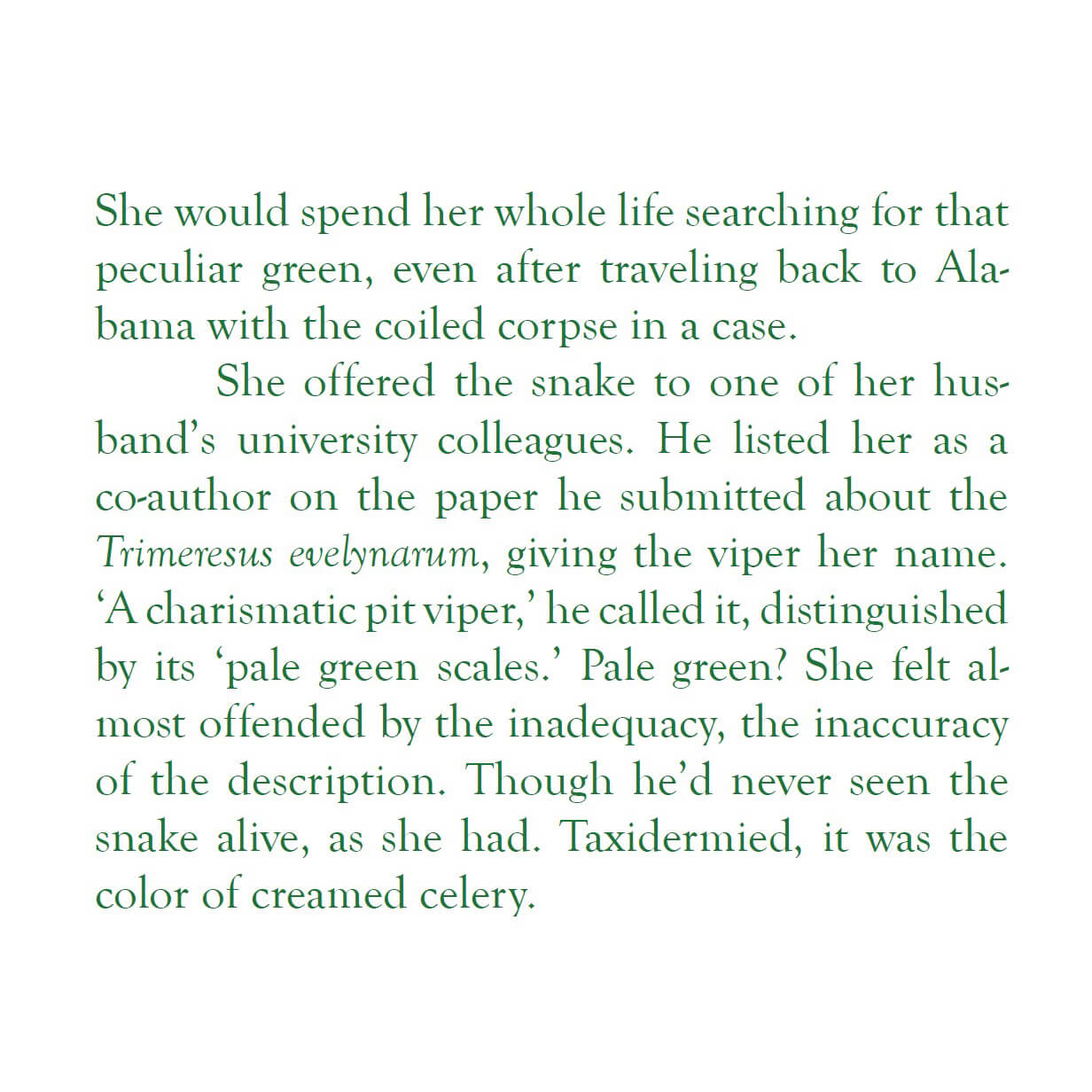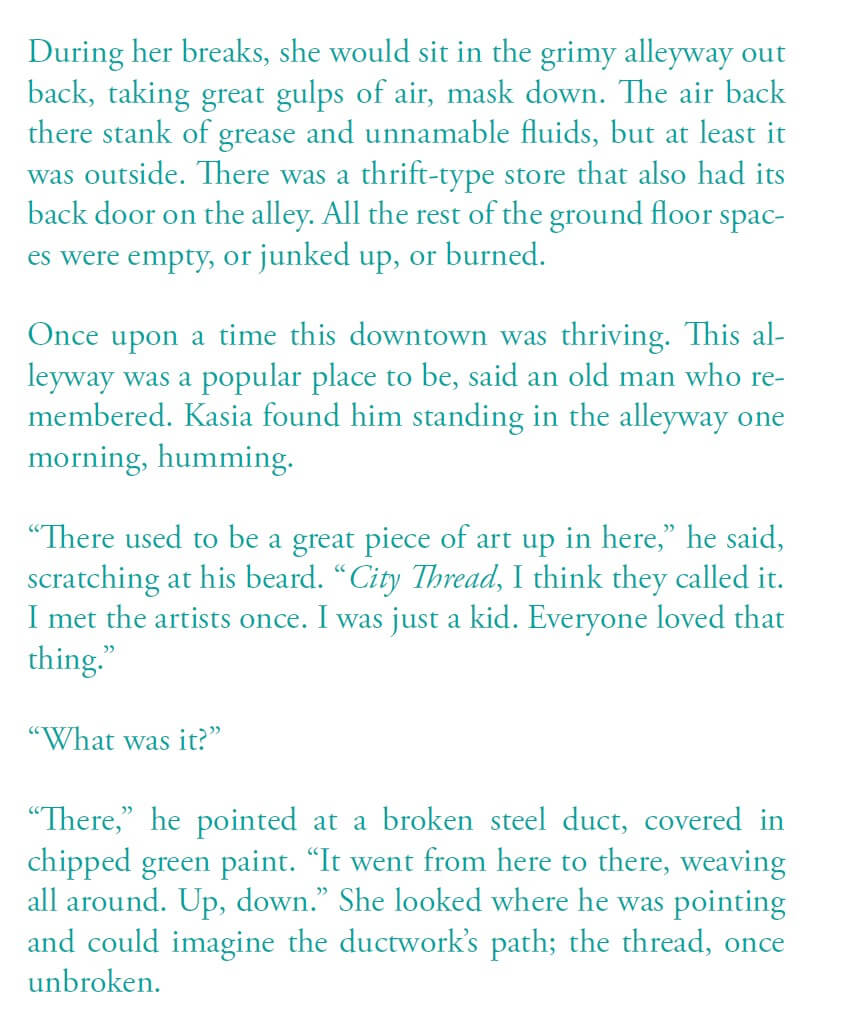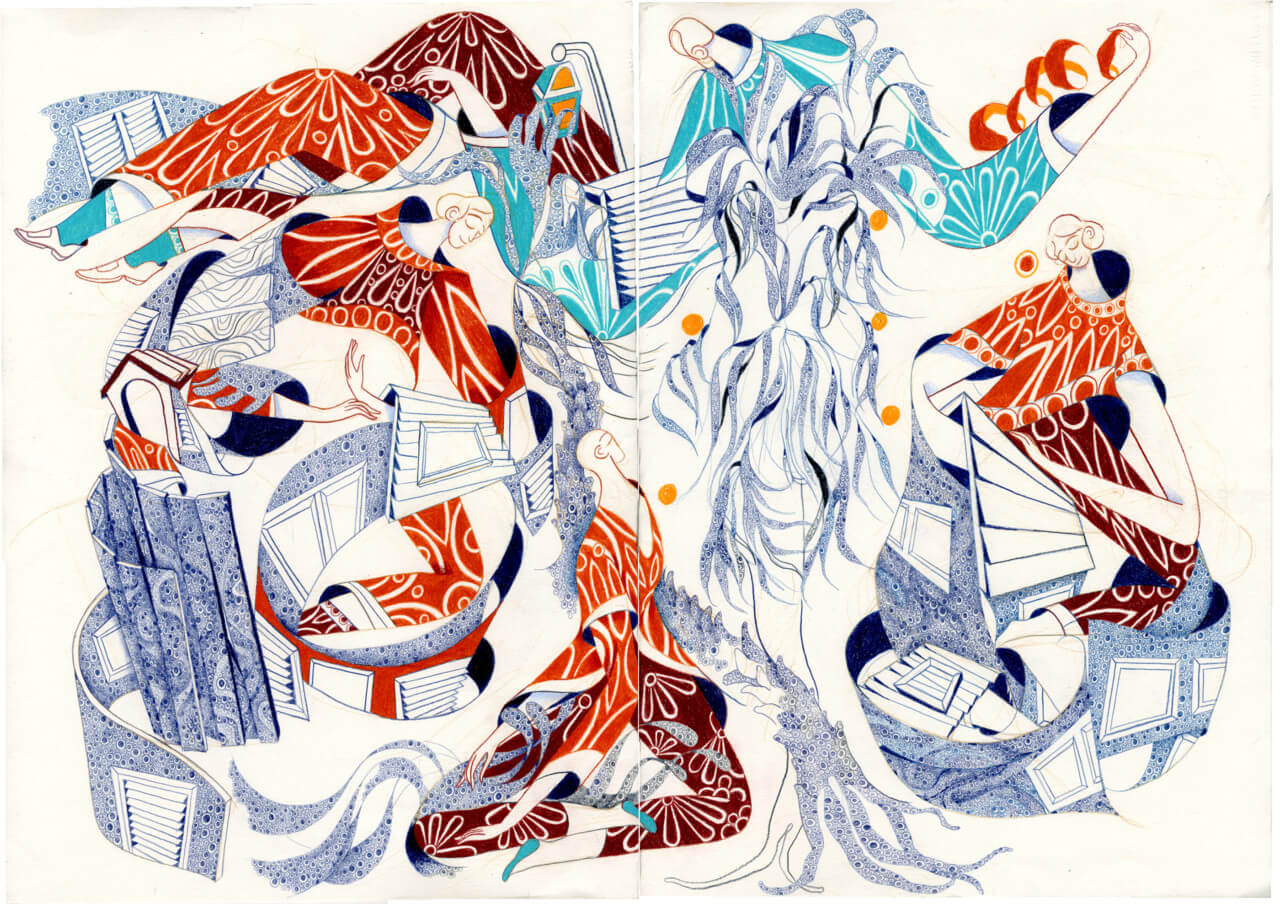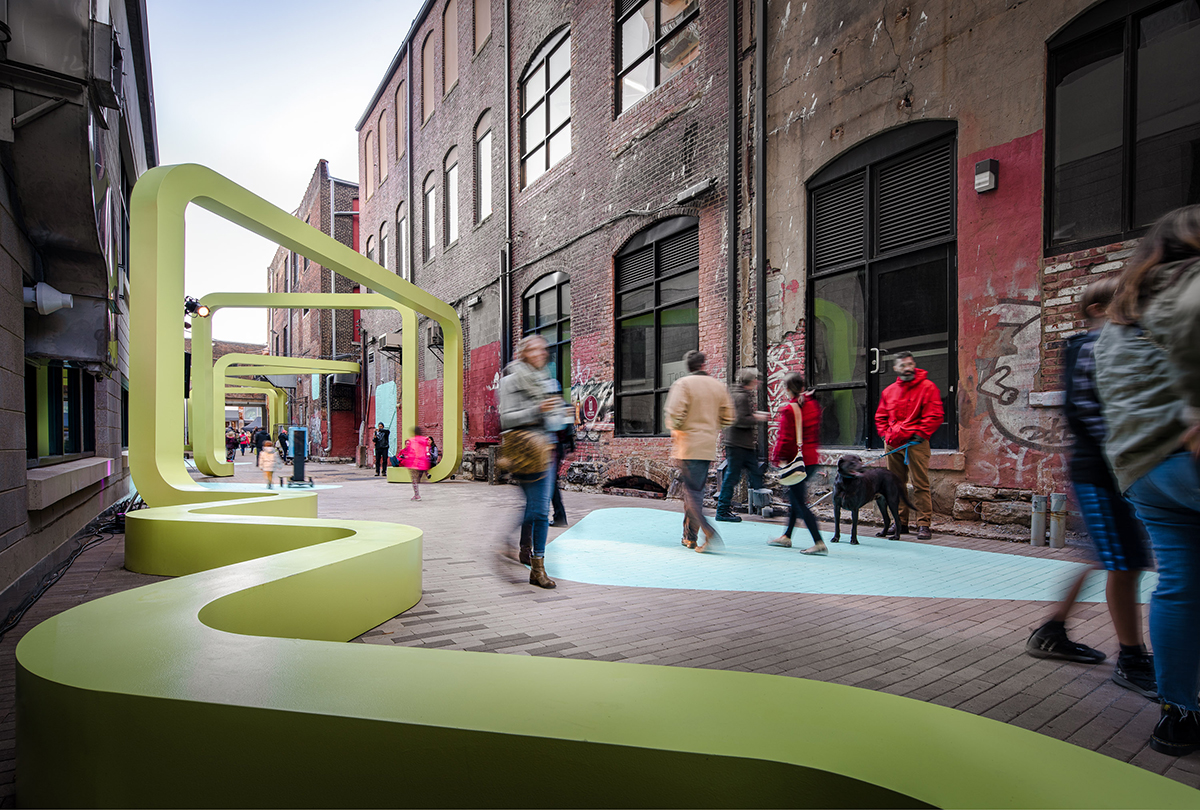So much cultural discourse today is overwhelmingly negative. “Problematizing” is seen as absolutely good, while offering solutions is almost always derided as bad. This is especially troubling for architecture, a discipline that is increasingly struggling to convey its positive value to the general public. Are architecture’s effects only bad? It sounds that way sometimes. However, any time we can find alternative ways to broadcast architecture, and advocate for the positive potential of design, it is a good opportunity to self-reflect on what it is we do here.
Enter Same Difference, an experimental exhibition by Syracuse-based SPORTS at Kent State College of Architecture + Environmental Design where SPORTS principals Greg Corso and Molly Hunker commissioned 12 artists to produce new artworks that interpret the afterlives of four of their projects. The selected works are public spaces, urban interventions, and architectural structures that are designed to be flexible—leaving them open for interpretation by both users and by anyone looking to project meaning onto these public, interactive works.
This unusual curatorial prompt provides a fresh take on the relationship of art and architecture by giving artists the freedom to depict SPORTS’s work without a collaboration. The dissemination of architecture is left up to the artists, a public, who do not have preconceived architectural notions, but rather possess an expertise about how to interpret, imagine, and represent objects as they exist, without the designer’s voice.
The artists come from a diverse range of backgrounds and mediums. They are illustrators, painters, poets, multimedia artists, comic book artists, and science fiction writers.
Since all the SPORTS projects are public spaces, the artists’ interpretations take on the same unpredictability of these places, imagining new formal readings and programmatic activations.

Ana Galvañ’s nine-panel illustration depicts City Thread, a public installation in a revitalized alleyway in Chattanooga, Tennessee. Here, the background buildings are removed, leaving a sinuous form and single dancing person floating through the space with lines and shapes. A similar nine-panel comic book illustration by Dave Crosland shows animals and people interacting on Rounds, imagining a fictionalized public using the Ragdale Ring’s summer pavilion.
Some artists made more formal interpretations. Mark Allen’s AI-generated videos twist and turn the ephemeral rippled effects of Runaway, a mobile installation first displayed on the Santa Barbara Pier. Inspired by the area’s hazy quality of the air, SPORTS’s installation was designed to disappear, so artist Keren Katz’s drawing simply interprets the forms as dancing figures.
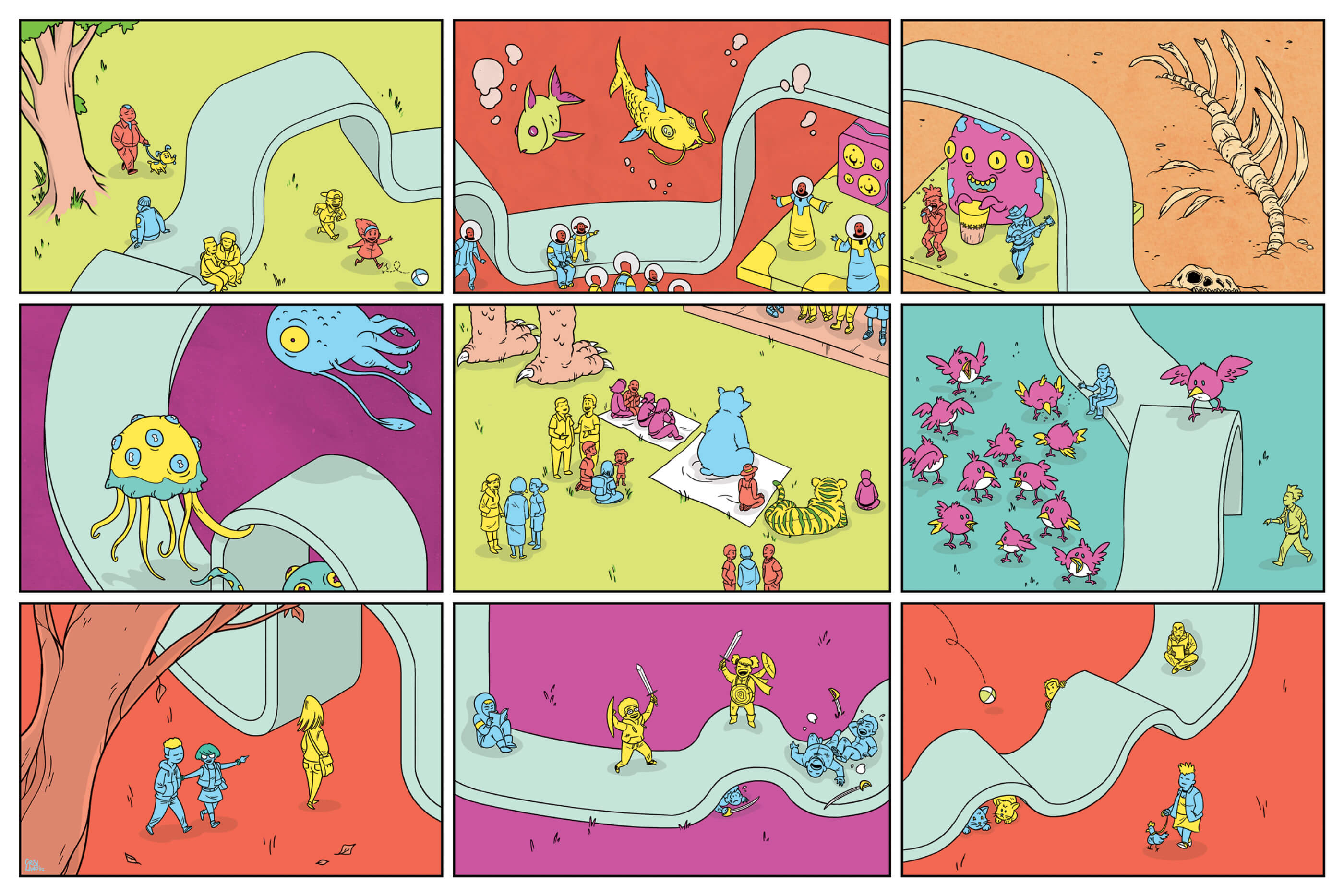
Each of the four SPORTS projects was assigned a writer, who created a piece of fiction that describes the urban objects with more emotion and imaginative description than a typical architectural drawing or rendering.
SPORTS likens this unpredictable collaboration to the process of working with the public. “Both the public and the artists become the co-authors in the project,” Corso and Hunker of SPORTS told AN. “Perception becomes reality once it’s done and open to other people’s interpretation.”
Same Difference isn’t the first time SPORTS has experimented with architectural media and broadcast ideas to larger audiences with novel formats. SPORTS, the store was a 2017 installation in Los Angeles, where T-shirts, tote bags, toys, and other consumer goods were emblazoned with images of SPORTS projects. These alternative media showcased the architectures in new ways, offering them to new publics, similar to souvenirs such as gift shop items like miniature Empire State Buildings or Frank Lloyd Wright ponchos.
Same Difference uses artist collaborations to decenter the architect much like gift shop design. By letting the artist’s eye become a lens to interpret architecture outside without architectural disciplinary bias. Films like Gaspar Noé’s Enter the Void (2010) or Dario Argento’s Suspriria (1977) reframe architecture or the city as part of their narrative. Artists’ interpretations of architecture also give us fresh eyes with which to see important places, such as Ila Bêka and Louise Lemoine’s Koolhaas Houselife or Conner O’Malley’s Hudson Yards Video Game.
However, those are artist-initiated, while SPORTS’s exhibition has elements of an architect-artist symbiosis. One of the most famous was Collaboration: Artists & Architects, the 1981 centennial project of the Architectural League of New York where architects were paired with artists. Iconic duos included Michael Graves and Lennart Anderson, Frank Gehry and Richard Serra, and Emilio Ambasz and Michael Meritet.
League President Jonathan Barnett noted three categories of result. The first category was a more traditional collaboration of artist and architects, where buildings were designed and parts given over to artists to embellish. The second group worked more equally on a joint project where the end did not bear the individual mark of either participant. The third group collaborated on ideas which were represented by both parties in different ratios, from illustration to collaboration.
None, however, produced the scenario SPORTS has conjured: actively commissioning artists to represent and interpret the architect’s own work. There is no collaboration, only an invitation and provocation. It would be interesting to see where this experiment might go. What would it look like on more complex projects? The art could also go in a million directions, opening up many possibilities to build on what SPORTS has done. If we can use outside voices to reflect on what architecture can do and how it is perceived, then we can start to understand a path forward where architecture can be seen as a positive force that can help make places better for everyone.








